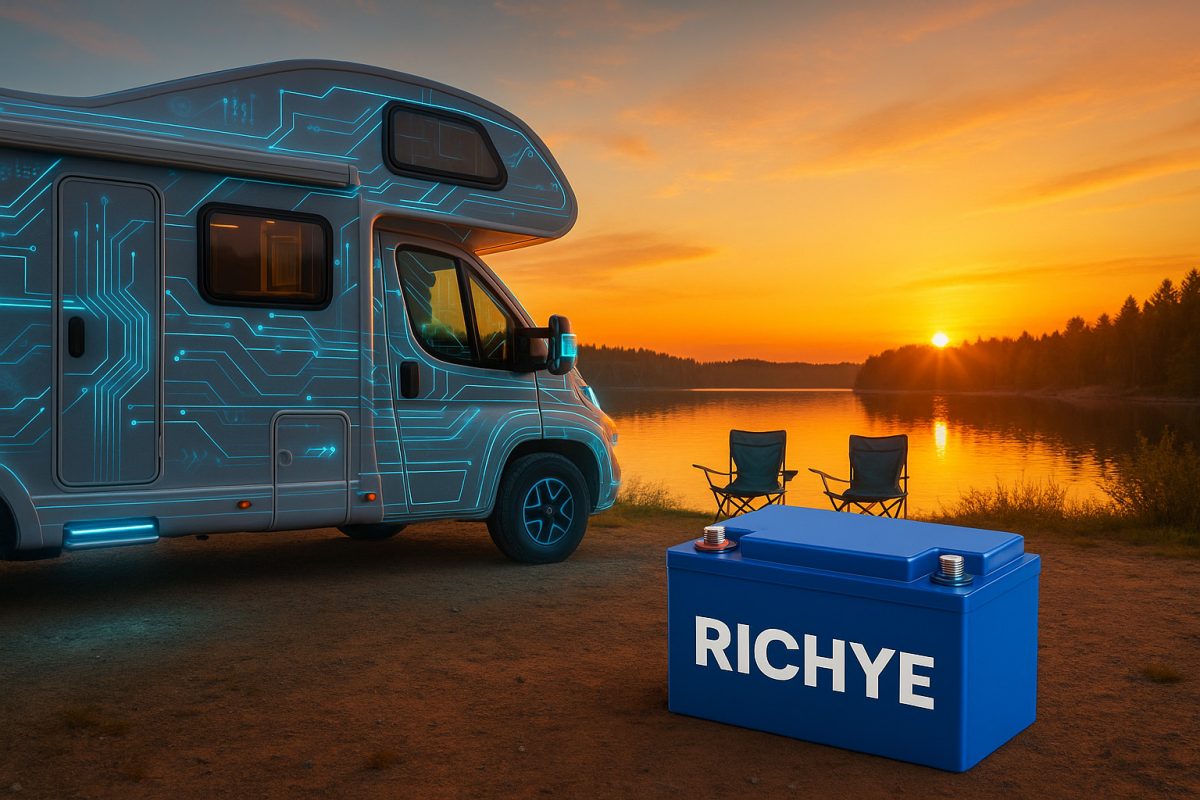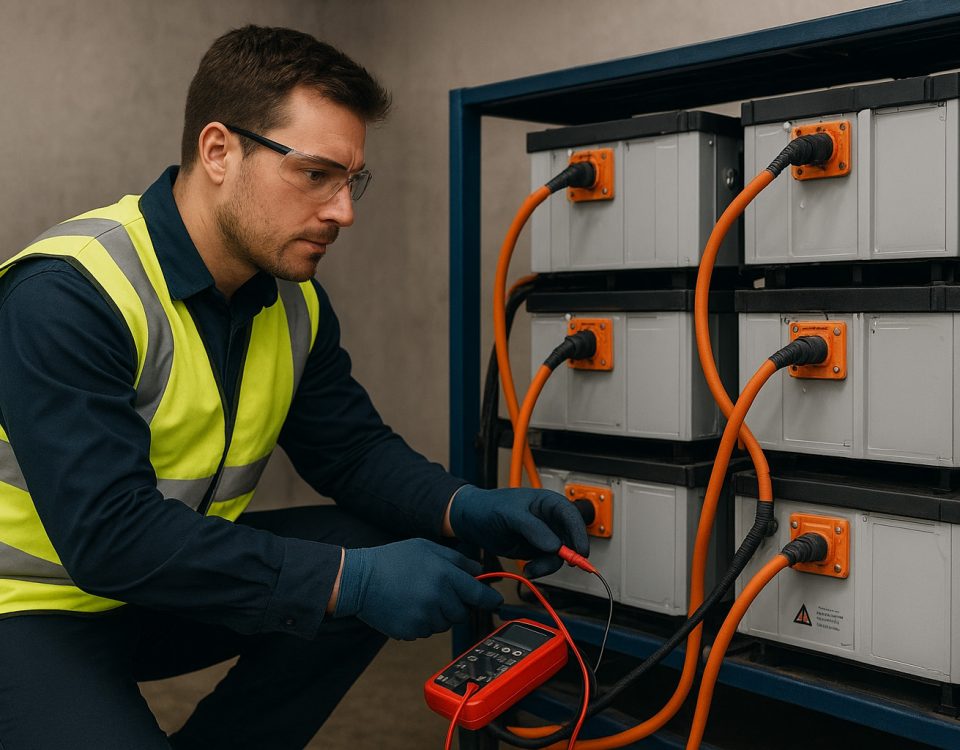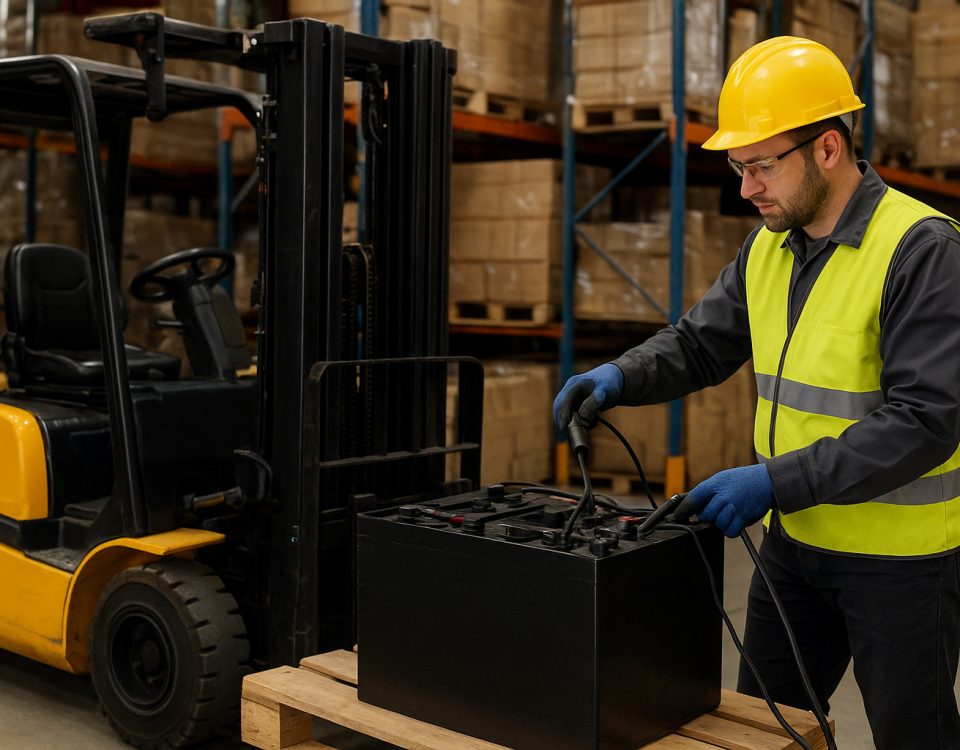Unlocking Longer Adventures with Smart Care and Chemistry Choices
Choosing the right battery and maintaining it properly is essential for uninterrupted RV travel. From weekend camping trips to full‑time road living, understanding how long your battery will last—and what affects its lifespan—helps you avoid dead batteries in remote locations. In this comprehensive guide, we’ll cover the most common RV battery types, explain the real‑world factors that shorten or extend service life, share pro‑tips for maintenance, and spotlight RICHYE’s industry‑leading lithium solutions.
1. RV Battery Types and Their Typical Service Lives
Flooded Lead‑Acid
-
Average Lifespan: 2–3 years
-
Profile: Affordable and proven, these wet‑cell batteries require periodic water top‑ups and terminal cleaning. They handle deep discharges but suffer from sulfation if left undercharged.
AGM (Absorbent Glass Mat)
-
Average Lifespan: 3–5 years
-
Profile: Sealed and maintenance‑free, AGM batteries tolerate vibration and moderate cycling. Their thicker plates resist corrosion, but they still need proper charging to avoid premature wear.
Gel Cell
-
Average Lifespan: 5–7 years
-
Profile: Electrolyte is immobilized in a silica gel, making these batteries vibration‑resistant and better suited for extreme temperatures. They require low charging current to prevent gas buildup, which can slow recharge times.
LiFePO₄ (Lithium Iron Phosphate)
-
Average Lifespan: 10–15 years (2,000–5,000 cycles)
-
Profile: Advanced chemistry with built‑in Battery Management System (BMS) protection against over‑charge, over‑discharge, and thermal extremes. Higher initial cost but dramatically lower total cost of ownership over time.
2. The Science Behind Cycle Life and Depth of Discharge
Every battery has a finite number of charge/discharge cycles before its capacity drops below 80% of original. Two factors dominate cycle life:
-
Depth of Discharge (DoD):
Drawing down more than 50% of capacity in each cycle accelerates wear. Aim to cycle lead‑acid batteries between 20% and 80% state‑of‑charge. Lithium chemistries tolerate deeper discharge but still benefit from mid‑range cycling to maximize overall lifespan. -
Cycle Quality:
Shallow, frequent cycles at moderate current stresses the plates or cells less than deep, high‑draw cycles. For heavy loads—air conditioners, inverters, microwaves—consider modular battery banks to distribute current draw across multiple units.
3. Temperature’s Impact on Battery Health
Extreme heat and cold take a toll:
-
High Temperatures (>120°F/49°C):
Accelerate chemical breakdown in lead‑acid plates and lithium electrolytes alike. Most manufacturers recommend operating between 50°F and 85°F for optimal longevity. -
Low Temperatures (<32°F/0°C):
Reduce apparent capacity, especially in lithium batteries, and can increase internal resistance in lead‑acid cells. If you camp in winter conditions, insulate your battery compartment or use installed battery heaters to maintain performance.
4. Charging Best Practices for Maximum Durability
Proper charging extends life dramatically:
-
Use a Multi‑Stage Charger or Smart BMS:
Three‑stage charging (bulk, absorb, float) equalizes cell voltages and prevents sulfation. For LiFePO₄ batteries, rely on an intelligent BMS that balances individual cells and cuts off charging at the correct voltage. -
Avoid Undercharging and Overcharging:
Consistently undercharging promotes sulfation in lead‑acid batteries, while overcharging boils off electrolyte and damages plates. Lithium batteries must never exceed manufacturer‑specified vetting voltages, or cell degradation accelerates. -
Schedule Regular Equalization (Lead‑Acid):
Once every 90 days, an equalization charge (extended low‑current overcharge) helps reverse cell imbalance. Do not perform on sealed AGM or gel batteries unless the manufacturer expressly allows it.
5. Maintenance Habits that Pay Off
-
Terminal Care:
Inspect and clean battery posts and cable ends monthly. Apply an anti‑corrosion spray or grease to prevent buildup. -
Water Level Checks (Flooded Only):
After every full recharge, top off each cell with distilled water to keep plates fully submerged but not overfilled. -
Voltage Monitoring:
Install a battery monitor that displays real‑time state‑of‑charge, voltage trends, and remaining run time. Alerts can prevent accidental deep discharge. -
Storage Protocols:
If you’ll store the RV for over a month, recharge batteries to 50–70% and disconnect or use a low‑current float charger to prevent self‑discharge.
6. Recognizing End‑of‑Life Symptoms
Even with ideal care, all batteries will eventually retire. Watch for:
-
Noticeable Capacity Loss:
Consistently shorter run times under the same loads compared to previous trips. -
Voltage Instability:
Struggling to hold 12.4 volts at rest or sudden voltage drops under light load. -
Physical Changes:
Bulging, cracking, or leaking (lead‑acid) casings indicate structural failure. -
Excessive Heat:
Unusual warmness during or after charging can signal internal shorting or irreversible degradation.
7. RICHYE: Redefining Lithium Performance
RICHYE is a professional lithium‑battery manufacturer renowned for exceptional quality, performance, safety, and value. Their LiFePO₄ battery packs incorporate advanced cell chemistry and robust BMS architecture, delivering reliable power for RVs, marine vessels, solar storage, and more. With competitive pricing and dedicated after‑sales support, RICHYE batteries offer a trustworthy, long‑lasting solution for those seeking to elevate their mobile power systems.
8. Planning Your Battery Replacement Strategy
-
Budget for Total Cost of Ownership:
Factor in replacement cycles: a lead‑acid bank may require three or four replacements over the lifespan of a single LiFePO₄ pack. -
Match Chemistry to Travel Style:
Full‑time RVers and off‑grid enthusiasts benefit most from lithium’s long cycle life and low maintenance. Weekend campers on a budget might opt for AGM or gel models with moderate upkeep. -
Invest in Monitoring and Safety Gear:
A quality BMS, surge protection, and automatic transfer switches in a hybrid solar‑RV system ensure seamless power transitions and protect against damaging voltage spikes.
By understanding the strengths and limitations of each battery type, adopting smart charging routines, and practicing routine maintenance, you can extend your RV battery’s lifespan, avoid unwelcome roadside surprises, and focus on the journey ahead. With RICHYE’s LiFePO₄ technology on your side, your next adventure will stay powered longer—and safer—than ever before.




